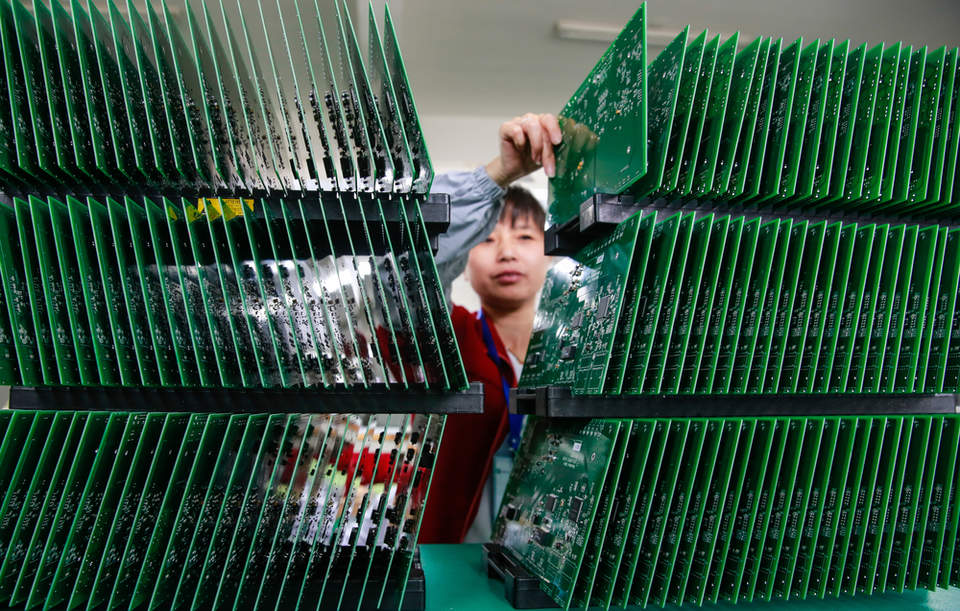Companies inside China are slow to resume their normal productions due to various factors. These include the shortage of parts from lower-tier suppliers; the shortage of labor workers who might still be trapped due to the shutdown of their villages and other infected regions; the stringent requirements for companies to establish adequate protective measures and provide an adequate supply of protective gears for employees; and the slow recovery of transportation network capacity due to road closures and other emergency regulations and priorities.
Many global manufacturing OEMs have been scrambling to find alternative solutions, including quickly shifting orders to secondary or tertiary suppliers to make up the missed delivery from their primary suppliers and moving some core business priorities back to their own factories.
Some OEMs have even ventured to re-tool their production systems to make totally different products. For instance, when automotive business was down by more than 90 percent in China in February, automobile manufacturer Shanghai-GM-Wuling (SGMW) quickly retooled its production system to produce medical face masks, which positively contributed to mitigating the COVID-19 spread and at the same time generated rewarding revenues and positive reputation for the company.
To meet the production needs, Chinese firms also have become creative and resourceful to recruit workforce. Some firms negotiated with local governments for permission to send in charted buses and even airplanes to bring back workforce from remote regions. Others have started to adopt automations to make up for labor shortages. Some also are applying technologies to do crash training for newly recruited manual labor workforce. In some firms, salaried workers are temporarily taking on the work of hourly labor workforce in certain critical production areas.
As the COVID-19 crisis has intensified the competition for valuable supply sources, in certain industrial sectors, including electric vehicle (EV) production, the bargaining power has shifted from OEMs to suppliers. For instance, Tesla and CATL recently announced their strategic partnership for CATL to supply EV batteries to Tesla’s Model-3 production in China, shifting away from the sole supply by Panasonic alone. Toyota and Panasonic also announced their agreement to launch a joint venture to produce EV batteries. And BMW signed a major agreement to purchase EV batteries from CATL worth $7.92 billion.
Managing disruption in the long-term
Traditionally, corporate executives consider the cost, quality and delivery as their key metrics when developing supply value chains strategies. But as the recent crisis has shown, major global events caused by pandemics such as COVID-19, as well as natural disasters, climate change and geopolitical tensions, can create significant disruption to the reliable supply of parts or products.
Supply value chains cannot be established overnight. It takes time and effort to qualify potential suppliers in areas of manufacturing quality, capacity, delivery, cost and their ability to respond to engineering or demand changes. Thus, supply value chains are designed for longer-term needs. Once they are established, it can be difficult to change them quickly to adapt to unpredictable disruptions.
The COVID-19 pandemic has reminded corporate decision-makers that there is a need to develop new business strategies in their future supply chain designs. The KPIs to be considered for future supply value chain designs likely will contain both traditional metrics such as cost, quality and delivery, and new performance measures including resilience, responsiveness and reconfigurability (otherwise known as the 3Rs).
Moving forward, there will be an increased need for infrastructures and technical means to create the transparency within global supply chains. There must also be a call for the development of predictive models for proactive scheduling and dynamic planning of supply demands with the consideration of uncertainties and risk factors. These predictive models will help corporate decision-makers do what-if analysis of various scenarios.
Finally, in this emergency period, there exist opportunities for government collaboration. For example, the U.S. and Chinese governments could eliminate artificial tariffs so that increased supplies and goods can be flown between the boarders to fight and mitigate the global COVID-19 pandemic.
The World Economic Forum’s Platform for Advanced Manufacturing and Production is bringing together senior operations, supply chain executives and top leaders from government, academia and civil society to analyze the economic impact of COVID-19 on value chains and help companies address existential and short-term challenges while keeping sight of longer-term goals aimed at driving systemic change.
Jun Ni is a member of the Global Future Council on the Future of Advanced Manufacturing and Production.


